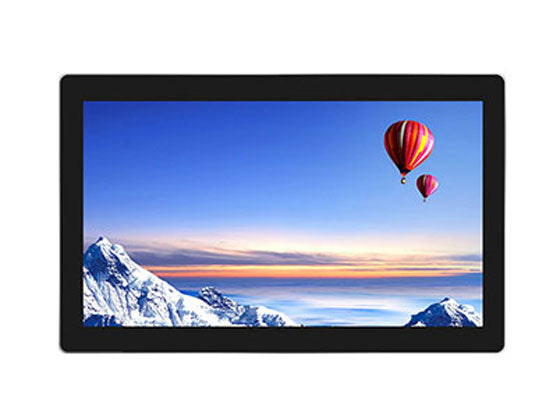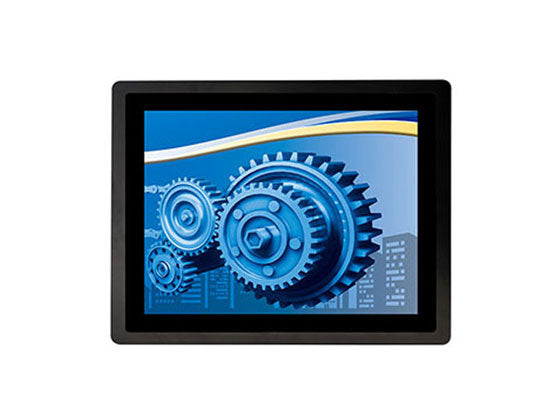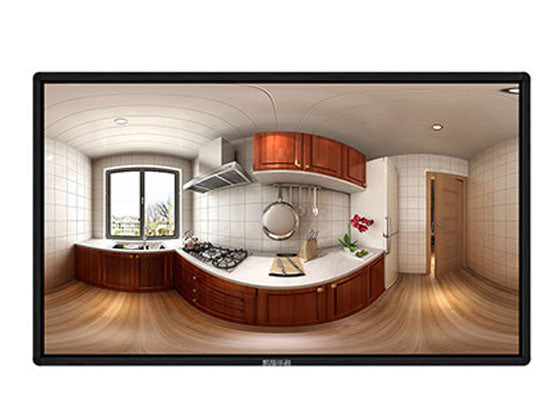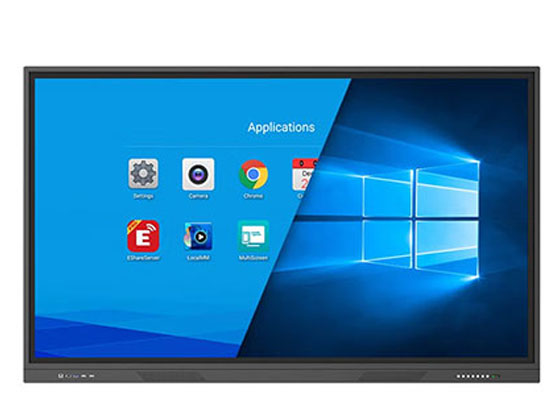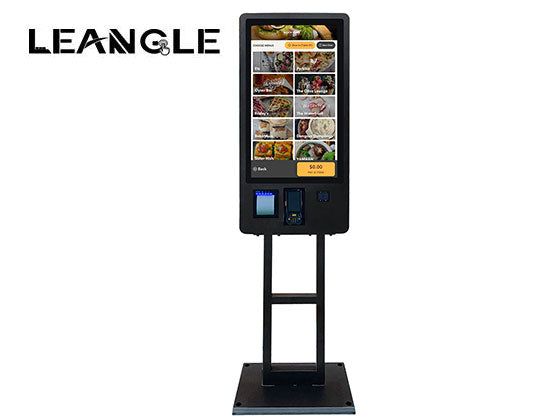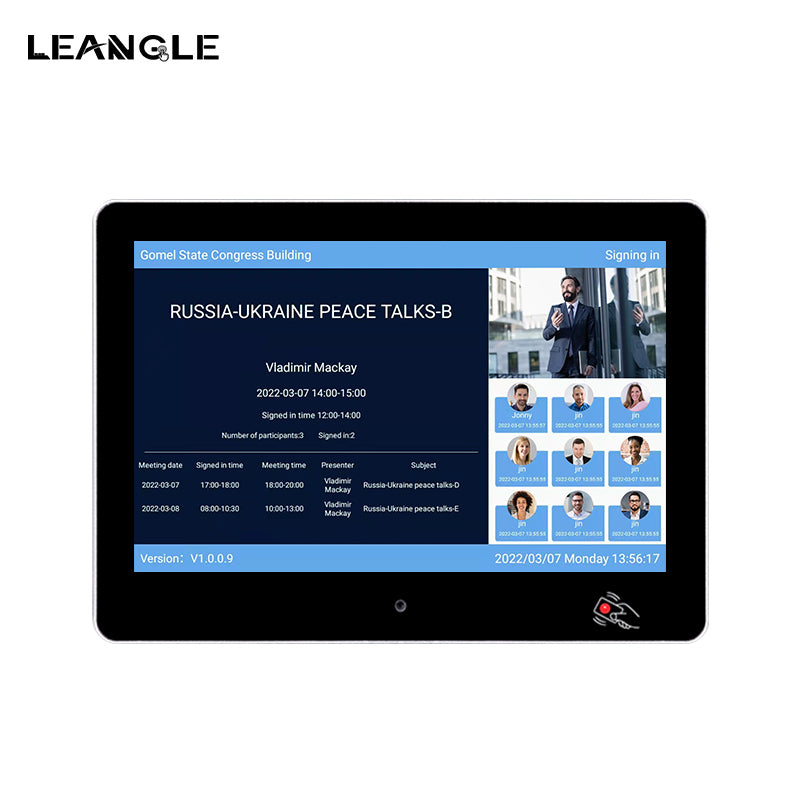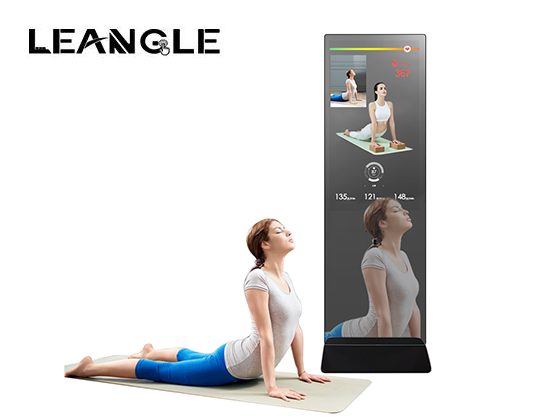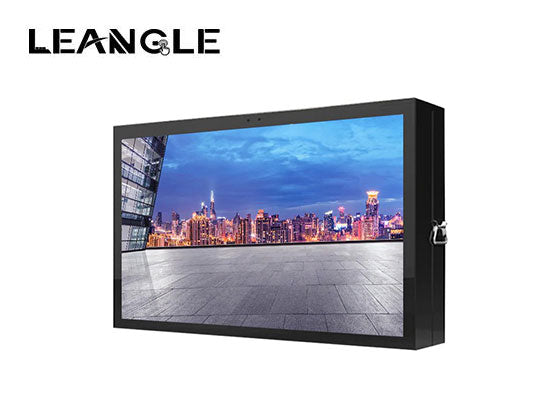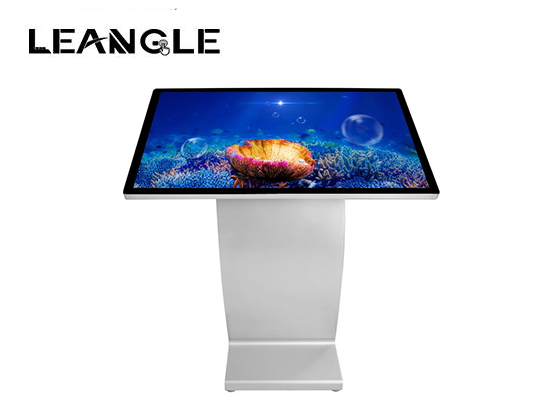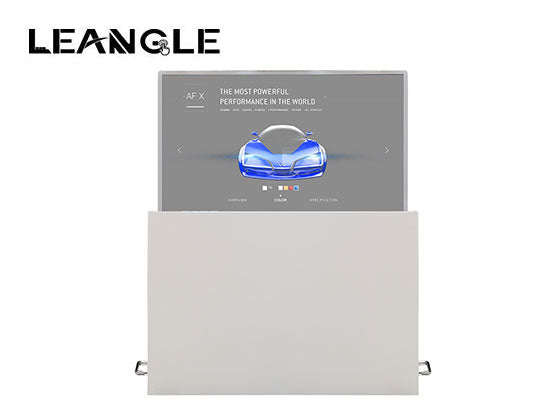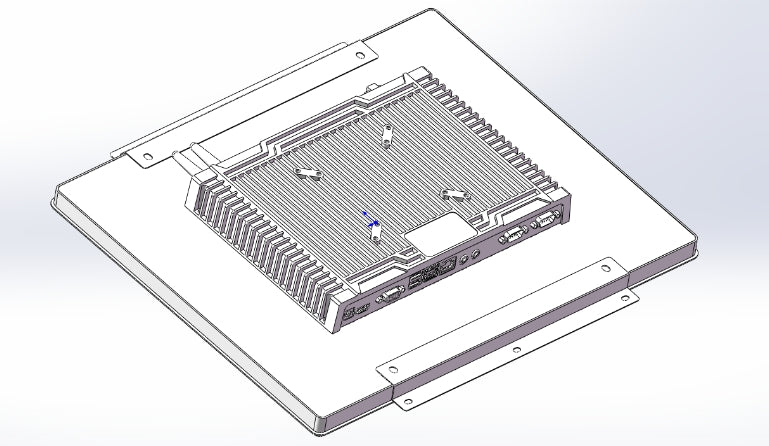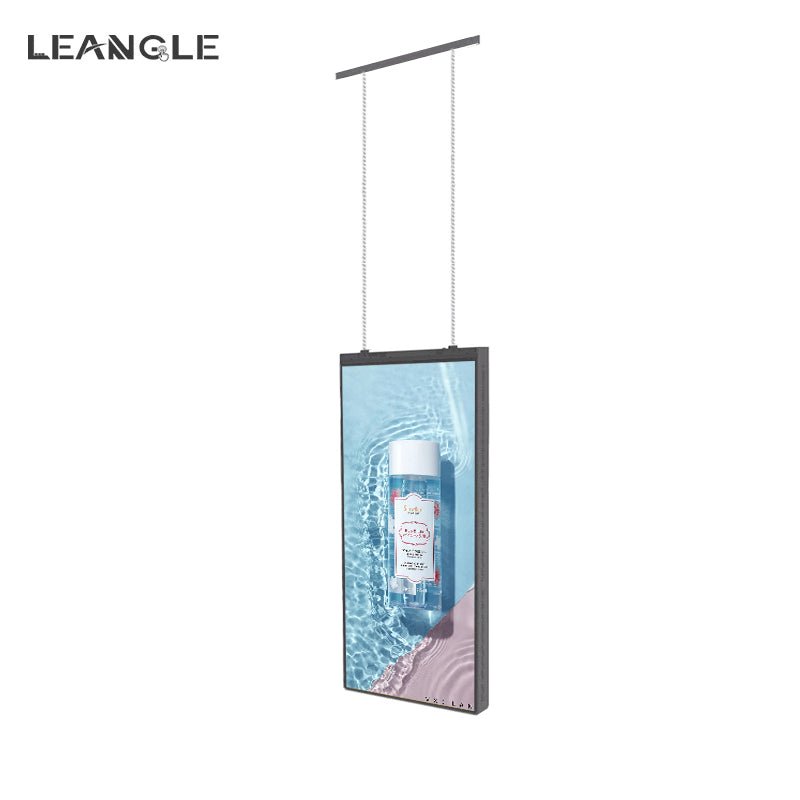The Evolution of Industrial Control Systems
In today's rapidly advancing industrial automation landscape, control and display all-in-one machines have become the central nervous system of modern manufacturing. These rugged computing solutions now face a critical design challenge: how to simultaneously meet requirements for both embedded integration and external accessibility? This article examines the technical distinctions between installation methods and how leading manufacturers like Control and Display are innovating to deliver "both-and" solutions.
Understanding Installation Methodologies
1. External Installation Characteristics
-
Mounting: Uses brackets, stands, or frames (wall, desk, or rack-mounted)
-
Accessibility: Full device exposure for easy maintenance
-
Example: Control and Display's G1 series supports 5+ mounting configurations
Technical Advantages:
-
Tool-less access to ports/components
-
Natural heat dissipation
-
Quick-swap capability
2. Embedded Installation Features
-
Integration: Flush-mounted within equipment/enclosures
-
Protection: IP65+ sealed designs
-
Example: Control and Display's G2 series with all-aluminum chassis
Engineering Benefits:
-
Vibration resistance (up to 5Grms)
-
EMI shielding (60dB attenuation)
-
Space optimization (30-50% footprint reduction)
Comparative Analysis: Key Decision Factors
| Parameter | External Installation | Embedded Installation |
|---|---|---|
| Access Frequency | High (daily access) | Low (permanent install) |
| Environmental Protection | IP54 typical | IP65-69K available |
| Thermal Management | Passive/active cooling | Conduction cooling |
| MTTR (Mean Time To Repair) | <15 minutes | 2-4 hours |
| Typical Applications | Control panels, HMIs | Robotics, mobile equipment |
Innovative Hybrid Solutions
Control and Display's latest G3 Hybrid Series bridges both paradigms with:
-
Modular Design Architecture
-
Front-accessible components (SSD, RAM, I/O)
-
Rear-embedded mounting system
-
-
Smart Thermal Regulation
-
Dual-path cooling (external fans + internal heat pipes)
-
Auto-adjusts based on installation mode
-
-
Universal Mounting System
-
Convertible between embedded/external in <5 minutes
-
Patent-pending quick-release mechanism
-
Industry-Specific Implementation Strategies
1. Smart Manufacturing
-
External: Assembly line monitoring stations
-
Embedded: CNC machine control panels
-
Hybrid Solution: G3 series with RFID-tagged modules
2. Medical Equipment
-
External: Diagnostic imaging consoles
-
Embedded: Surgical robot interfaces
-
Critical Feature: Seamless wipe-down surfaces
3. Energy Sector
-
External: SCADA system terminals
-
Embedded: Substation control nodes
-
Requirement: -40°C to 70°C operation
Selection Framework for Engineers
-
Environmental Assessment
-
Vibration levels (ISO 10816 standards)
-
Washdown requirements (FDA/NSF compliance)
-
-
Human Factors
-
Operator access frequency
-
Display viewing angles
-
-
Lifecycle Considerations
-
Expected upgrade cycle
-
Mean time between failures (MTBF)
-
-
Cost Analysis
-
Initial install vs. long-term maintenance
-
Downtime impact calculations
-
Future Trends in Industrial Installation
-
Magnetic Mounting Systems (2025)
-
Tool-less reconfiguration
-
Vibration-damping properties
-
-
Self-Configuring Enclosures
-
Auto-detecting installation mode
-
Dynamic thermal/power profiles
-
-
Nano-Coating Technologies
-
Permanent IP68 protection
-
Maintains serviceability
-
Conclusion: Achieving Installation Versatility
The dichotomy between embedded and external installations is giving way to sophisticated hybrid solutions. Control and Display's engineering approach demonstrates how modern industrial PCs can simultaneously deliver:
-
Embedded-level protection
-
External-style serviceability
-
Future-ready adaptability

